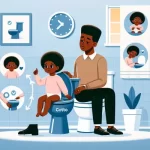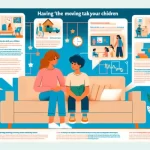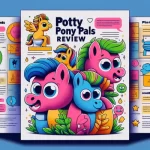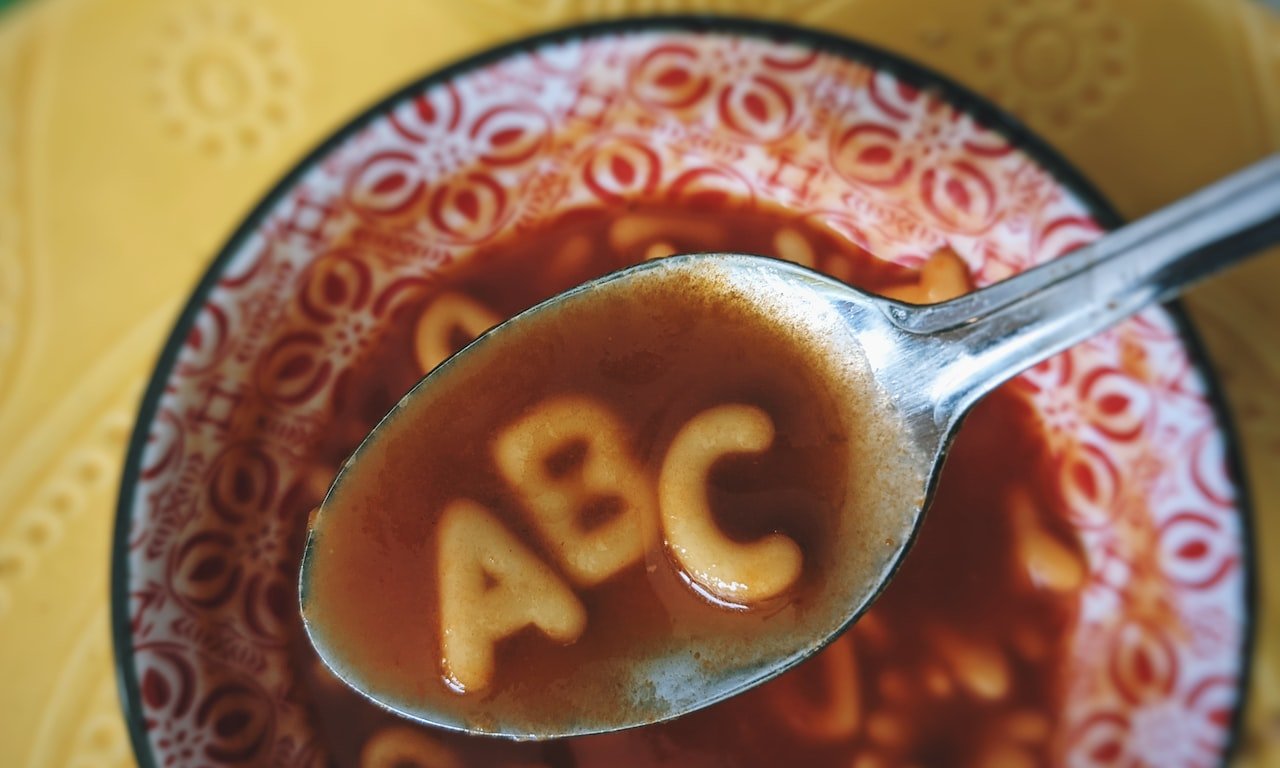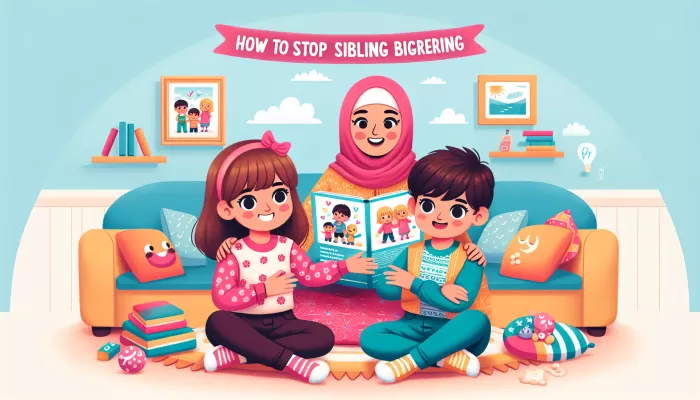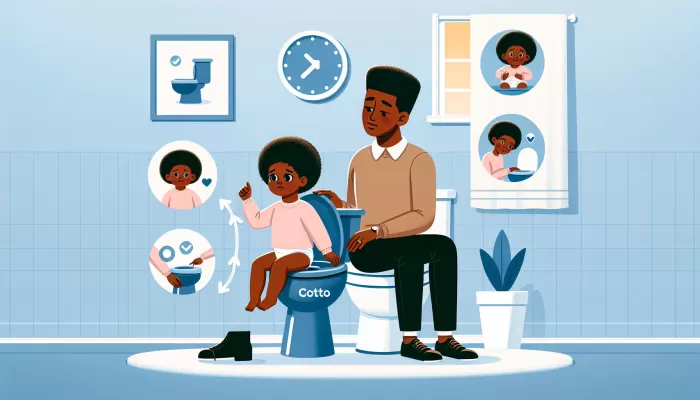Overview of Flip Flop Alphabet Blocks
Introduction to Flip Flop Alphabet Blocks as Educational Toys
Ah, flip flop alphabet blocks, those delightful little educational tools that promise to transform our children into linguistic prodigies. But what exactly are they? Well, my dear readers, flip flop alphabet blocks are these cleverly designed toys that feature different letters of the alphabet on each side.
With a simple flip or flop, children can learn not only their ABCs but also the joy of spelling and creating words. Now, some might argue that flip flop alphabet blocks are just another gimmicky toy designed to empty parents’ wallets.
But let me tell you something¡ªthese little building blocks of literacy hold immense value in our children’s development. As a writer myself, I am a firm believer in the power of language, and what better way to introduce the wonders of words than through these charming little cubes?
History and Evolution
Tracing back through time, we find that our fascination with alphabet blocks stretches far beyond modern playrooms. These captivating educational tools have their roots in ancient civilizations, where wise scribes carved letters onto stone tablets or etched them into clay. Even then, the power of these symbols to convey meaning captivated young minds.
Fast forward to the present day, and we witness the evolution of alphabet blocks into their flip flop design. This ingenious concept has swept across early childhood education like wildfire, igniting a passion for learning in children all around the world.
By incorporating a flipping mechanism that reveals different letters on each side, flip flop alphabet blocks have taken language exploration to new heights. The impact of this innovation cannot be overstated.
Flip flop alphabet blocks have revolutionized early childhood education by making language acquisition more accessible and enjoyable than ever before. By combining playfulness with educational value, these humble cubes have become not just mere toys but indispensable tools in shaping the linguistic prowess of our little ones.
Anatomy of Flip Flop Alphabet Blocks
Materials Used: A Clash Between Tradition and Versatility
When it comes to the materials used in manufacturing flip flop alphabet blocks, there seems to be an ongoing battle between the traditional wooden blocks and their modern plastic counterparts. Allow me to express my vehement support for the enduring charm and durability of wooden blocks.
There’s something undeniably classic about the feel and weight of these sturdy pieces of childhood education. They have stood the test of time, unlike their flimsy plastic counterparts that seem to crack under even the slightest pressure.
Wooden flip flop alphabet blocks possess a ruggedness that can withstand years of enthusiastic play, ensuring that they can be passed down from generation to generation without losing their charm or integrity. The natural texture and warmth they exude enhance the sensory experience for young minds, creating a tactile connection between them and their learning journey.
While plastic blocks may offer versatility in terms of colors and designs, they pale in comparison when it comes to lasting power. In a world where everything is disposable, wooden blocks are a resilient reminder of quality craftsmanship.
Shape and Size Variations: Unleashing Creativity with Every Block
The shapes available in flip flop alphabet blocks open up a world of creativity for children as they explore different configurations and build mini-masterpieces from their linguistic arsenal. From cubes to rectangles, cylinders to pyramids, each shape offers unique possibilities for construction enthusiasts young and old alike. The diversity among these shapes allows children to experiment with architectural feats or imaginative worlds as they stack, connect, or arrange these versatile building tools.
But let’s not forget about size! Miniaturized versions have carved out a special place for themselves in accommodating smaller hands with big dreams.
These pint-sized treasures provide comfort for little fingers, encouraging easy manipulation without sacrificing any creative potential. Whether it’s mastering the art of balance with miniature towers or finding the perfect fit for tiny hands, these smaller blocks prove that size doesn’t always limit possibilities.
Flip flop alphabet blocks excite and inspire young minds with their materials and design. Wooden blocks emerge as the resilient champions of durability, offering a tactile connection and longevity that plastic cannot match.
Meanwhile, the diverse shapes and sizes of these educational gems provide endless opportunities for children to unleash their creativity and build extraordinary linguistic worlds. Stay tuned for the next section where we delve into the learning benefits that flip flop alphabet blocks bring to early childhood education.
Learning Benefits of Flip Flop Alphabet Blocks
Language Development Skills
Oh, flip flop alphabet blocks, you mighty tools of linguistic enlightenment! It is truly remarkable how these seemingly innocent playthings can mold young minds into linguistic virtuosos. With their vibrant colors and captivating shapes, these blocks hold the power to transform children’s understanding of letters, sounds, and words.
Let’s plunge into the fascinating realm of phonics-based learning. Can there be anything more exhilarating than watching a child meticulously arrange these tiny lettered wonders to form words?
Oh, the joy that fills my heart when I witness a toddler deciphering the mysteries of language through the arrangement of individual letters or combinations thereof! From ‘cat’ to ‘dog,’ and from ‘sun’ to ‘moon,’ every assemblage becomes an opportunity for linguistic growth.
As they experiment with different combinations, their pronunciation skills improve, and their confidence soars. But wait¡ªthere’s more!
These flip flop alphabet blocks have yet another trick up their sleeve. By incorporating multiple blocks into their play repertoire, children can embark on a magical journey towards constructing simple words.
Witnessing them assemble letters like architects building linguistic masterpieces is nothing short of awe-inspiring. With every stack and connection they make, they lay the foundation for a lifetime love affair with language.
Fine Motor Skills Enhancement
Hand-eye coordination¡ªan essential skill for life¡ªcan be honed by none other than our beloved flip flop alphabet blocks! Behold as children nimbly pick up those vibrant pieces with tiny fingers and stack them like miniature architects crafting magnificent towers. In this digital age where screens reign supreme, it is refreshing to see children engaging in tangible activities that enhance dexterity.
The act of picking up these blocks one by one, feeling their weight and texture, and carefully placing them in the right sequence contributes not only to physical development but also to the stimulation of cognitive faculties. Such hands-on experiences build neural pathways and foster a deeper understanding of spatial relationships.
But wait, there’s even more to this fine motor skills extravaganza! Activities like arranging blocks to form words or intricate patterns require a level of precision that can only be achieved through practice.
The delicate balance between concentration and creativity cultivates a sense of mindfulness¡ªan awareness of the present moment. And let me tell you, my dear readers, in a world filled with distractions, teaching children the art of focus is an invaluable gift.
Special Features and Variations in Flip Flop Alphabet Blocks
Textures and Sensory Elements: Unlocking a World of Tactile Delights
When it comes to flip flop alphabet blocks, the allure lies not only in their educational value but also in the sensory feast they offer. These captivating toys go beyond mere visual stimulation and engage young minds through various textures that beg to be explored by tiny fingertips. From smooth to rough, each tactile experience opens a gateway to a world of discovery.
One of the distinguishing features of these blocks is the choice between smooth and rough finishes. Smooth surfaces provide a soothing touch that glides effortlessly under eager hands.
The sleekness adds an element of elegance, offering a subtle elegance that pleases both children and adults alike. On the other hand (pun intended), rough finishes cater to those craving a more textured experience.
The uneven ridges create an engaging sensation as kids run their fingers over them, stimulating sensory receptors and promoting sensory exploration. But wait, there’s more!
Embossed letters take flip flop alphabet blocks to another level of sensory stimulation. The raised letters not only add visual appeal but also provide an additional layer for tactile exploration.
As children trace their fingers along each letter’s contour, they develop an intimate connection with language at both a cognitive and tactile level. This ingenious combination truly amplifies the learning potential of these blocks.
Conclusion
Flip flop alphabet blocks are more than just ordinary toys; they are gateways to imagination, education, and multisensory wonderment. Their special features such as varied textures – be it smooth or rough – invite little explorers into realms where touch becomes intertwined with learning.
The embossed letters further enhance this sensory experience by giving young minds another dimension through which to connect with language. So let your child’s education flourish while their senses ignite with flip flop alphabet blocks.
These remarkable toys are not only tools for language acquisition but also catalysts for cognitive development and fine motor skills enhancement. Embrace the wonders these blocks bring into your child’s world, and watch as they embark on a journey of creativity, self-expression, and endless possibilities.



